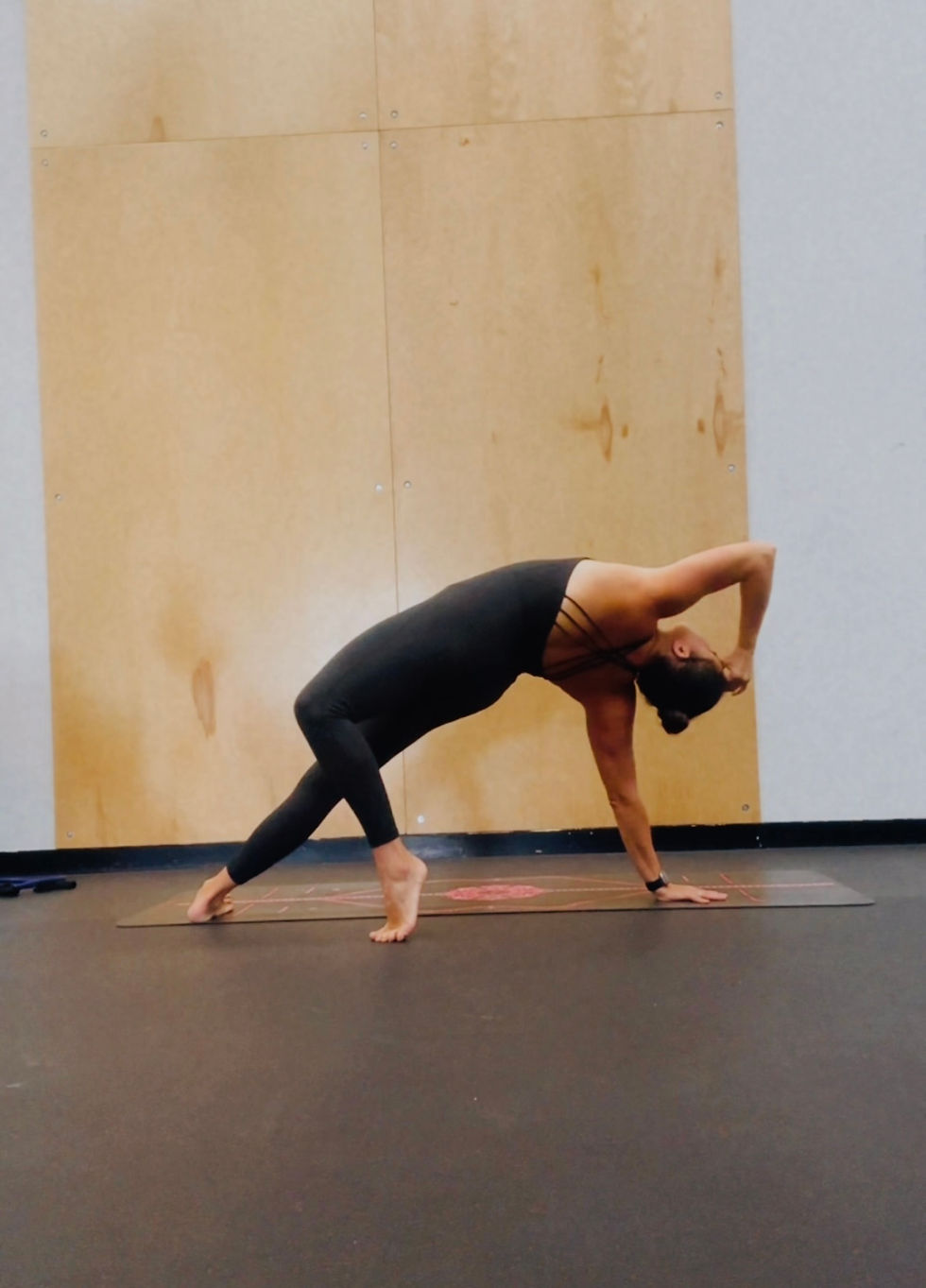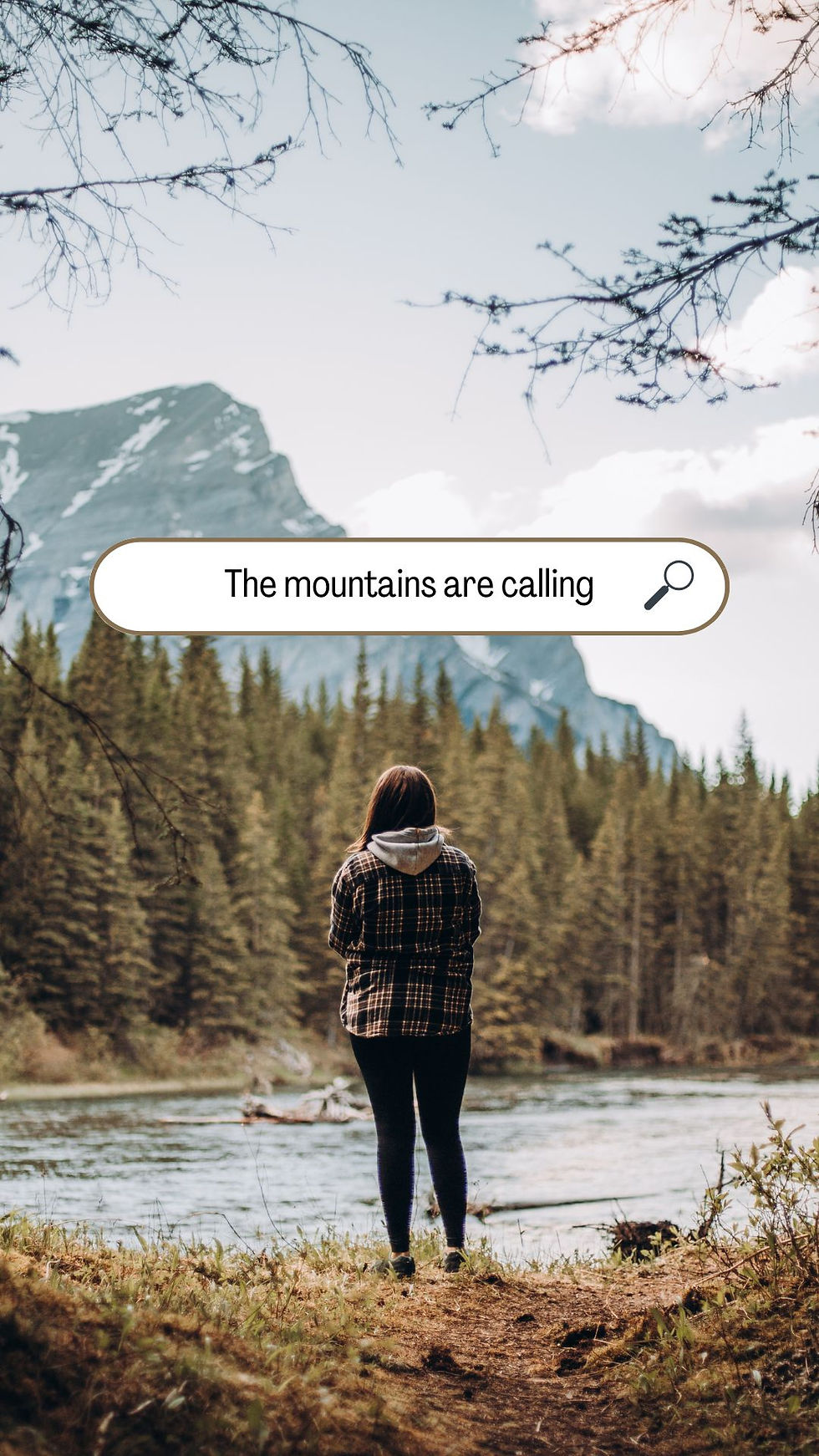
Discover the Dynamic Power of Wild Thing Yoga (Camatkarasana)
- chloedeedudley
- Oct 13
- 3 min read
Yoga is a journey of self-discovery, strength, and flexibility, and one of its most exhilarating poses is Wild Thing Yoga, also known as Camatkarasana. This pose is a celebration of freedom, openness, and boldness, allowing practitioners to express their inner wildness through a heart-opening backbend and side stretch.

What is Wild Thing Yoga?
Wild Thing Yoga, or Camatkarasana, is an advanced posture that combines elements of backbending and balancing. It originates from the Vinyasa yoga tradition and is often incorporated into flows that emphasize strength, flexibility, and creativity. The pose resembles a moment of spontaneous joy—hence the name "Wild Thing"—and encourages a playful approach to yoga practice.
Benefits of Wild Thing Yoga
Practicing Wild Thing offers numerous physical and mental benefits:
Opens the Chest and Heart: The pose deeply stretches the chest, shoulders, and front body, promoting emotional openness.
Enhances Shoulder Stability: It requires strength and stability in the shoulders, helping to build muscular endurance.
Improves Spinal Flexibility:Backbends like Wild Thing increase spinal mobility and flexibility.
Boosts Confidence and Courage: The boldness of the pose encourages practitioners to embrace their inner wildness and cultivate confidence.
Strengthens Core and Arms:Maintaining balance in Wild Thing engages the core muscles and arms.

How to Practice Wild Thing Yoga
Before attempting Wild Thing, ensure you are warmed up with preparatory poses such as Downward Dog, Side Plank, and Cobra. Here's a simplified guide:
Start in Downward Dog. Shift forward into a Side Plank on your right hand and foot.
Lift your hips and reach back. Bend your right knee and reach your right arm over your head, opening the chest.
Flip onto your back. As you open your hips and shoulders, gently flip onto the top of your left foot, with your left hand on the ground and your right arm reaching over your head.
Open your chest. Keep your gaze up and breathe deeply.
Return carefully. To exit, reverse the movement and return to Downward Dog or a resting pose.
Note: Always practice Wild Thing under the guidance of a qualified instructor, especially if you're new to backbends or balancing poses.
Camatkarasana, also known as "Wild Thing" or "Flip Dog," is a dynamic and invigorating yoga pose that embodies freedom, strength, and openness. Its name comes from the Sanskrit words "Camatkara," meaning "wonder" or "astonishment," and "Asana," meaning "pose."

Origins and History
While the precise origins of Camatkarasana are not fully documented, it gained popularity in modern yoga practices through the Vinyasa and Power Yoga communities. It emerged as a challenging backbend and arm balance that encourages practitioners to explore their boundaries and cultivate a sense of playfulness and daring.
Symbolism and Benefits
Camatkarasana symbolizes a leap of faith, encouraging practitioners to release fears and embrace vulnerability. It promotes:
Strength in the arms, shoulders, and core
Flexibility in the back and chest
Balance between effort and ease
Opening of the heart and lungs
Confidence and courage
Practice and Technique - Camatkarasana:
Start in a side plank position with your right hand on the mat and your right foot grounded.
Sweep your left arm overhead and back, opening the chest.
Shift your weight onto your right hand and left foot, lifting your hips and arching your back into a wild, free pose.
Keep your gaze upward or forward, and breathe deeply.
To exit, gently lower your hips and return to a neutral position.
Cultural Significance
Although relatively recent in the historical timeline of yoga, Camatkarasana embodies the spirit of exploration and joy that is central to many yoga philosophies. It encourages practitioners to step outside their comfort zones and embrace life's uncertainties with courage.
Embrace Your Inner Wild Thing
Wild Thing Yoga is more than just a pose; it’s an invitation to embrace spontaneity, courage, and self-expression. Whether you're seeking to challenge yourself physically or to connect more deeply with your heart, Wild Thing offers a playful and empowering experience.
So, next time you flow through your yoga sequence, consider adding a little wildness—your body and mind will thank you!



Comments